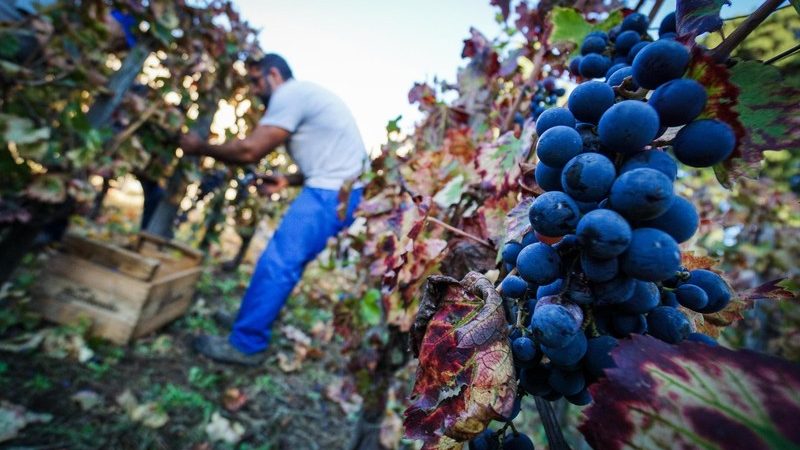In Kenya, agriculture is a key economic pillar, accounting for about 30% of GDP and employing the majority of the workforce. However, this intensive agricultural production often threatens local biodiversity. Faced with this challenge, Kenya is now exploring ways to reconcile agricultural production and the preservation of its natural heritage. This approach aims to achieve a balance between food security and the protection of ecosystems, particularly in a context of climate change that increases pressures on arable land.
In order to strike this balance, the Kenyan government, in partnership with NGOs and international organizations such as the International Union for Conservation of Nature (IUCN), has launched several initiatives. In 2024, a national programme was set up to encourage farmers to adopt agroecological practices that respect fragile soils and ecosystems. These practices include agroforestry, which combines crops with tree planting to improve biodiversity and limiting chemical pesticides, thus promoting pollinators and other beneficial species.
The country is also experiencing an encouraging development of “community conservation areas“. These areas, established in collaboration with local communities, protect natural habitats while prioritizing sustainable agriculture. Areas such as Laikipia County and the Masai Mara National Reserve have established buffer zones where agricultural activities are sustainably integrated. This helps wildlife to coexist with cultures. In addition to contributing to biodiversity, these efforts allow communities to diversify their sources of income through agrotourism and the promotion of local products that respect the environment.
Pressure on land is increasing, in particular because of the accentuated population growth. Kenyan farmers are thus forced to choose between maximizing yields or protecting the environment. To overcome this, additional investments are needed to raise awareness and train farmers in sustainable practices, while ensuring sufficient yields and ensuring food security.
Despite these challenges, Kenya is making great strides towards an agricultural model whose main mission is to protect biodiversity. Through conservation efforts and sustainable agricultural practices, the country could become an example in Africa, demonstrating that it is possible to support both agricultural production and ecological protection. If these initiatives are maintained and expanded, they could inspire other African countries in the search for a reconciliation between agriculture and biodiversity.




